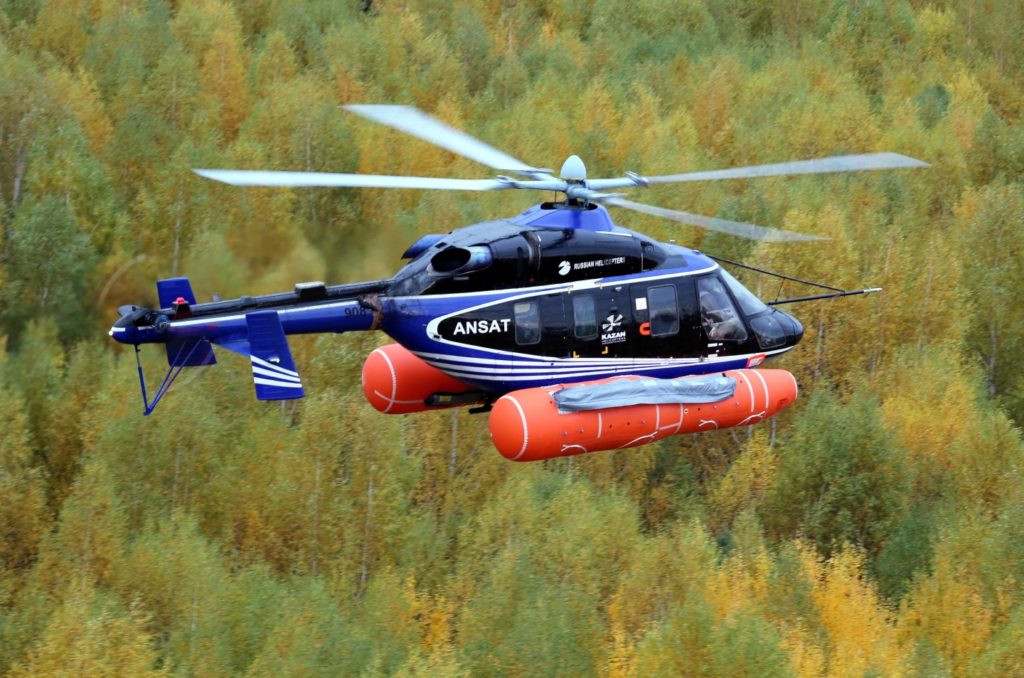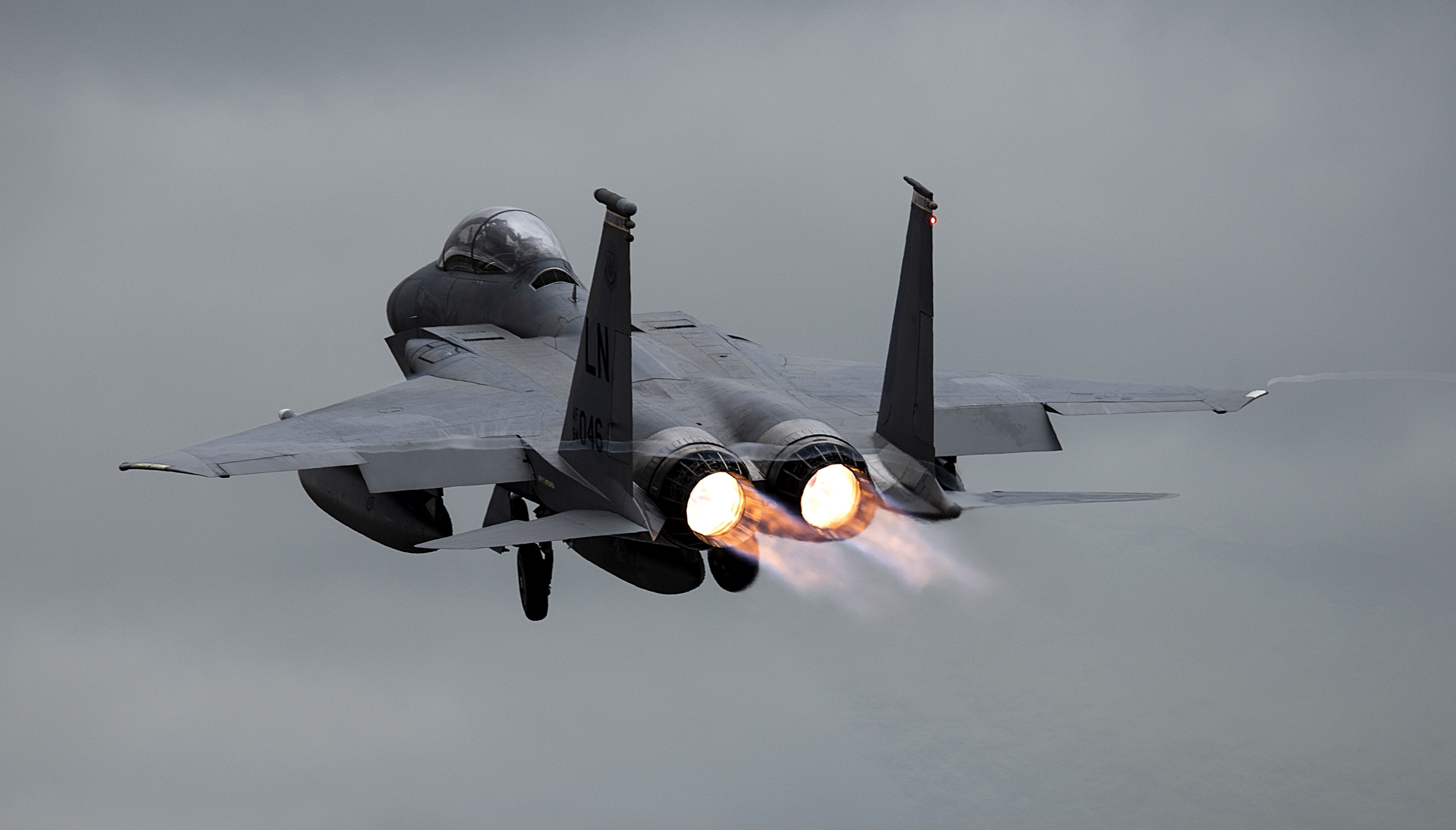
During the International Helicopter Industry Exhibition HeliRussia, held between 15th and 17th September 2020 in Moscow, the Russian Helicopters holding presented new equipment options for Ansat multipurpose helicopter and announced the development of the new generation of this light rotorcraft.
´The Ansat helicopter project is continually being developed to meet the needs of our customers. We are actively responding to the requests of our partners, making our products more competitive and comfortable to use. By the end of the year, we are planning to transfer a prototype representing a new generation of Ansat for testing. In addition to a wide range of optional equipment, the helicopter will receive an upgraded fuel system with increased capacity, the latest avionics for instrument flight and a lightweight fuselage structure which includes more composite materials´, informed the Director General of Russian Helicopters company Andrey Boginsky.
The latest modifications of Ansat light multipurpose helicopter include an enlarged internal fuel tank and an emergency floatation system (EFS).

The EFS is designed to keep the helicopter afloat in the event of an emergency landing on water, with inflated ballonets that can provide buoyancy for 30 minutes. The system used in Ansat rotorcraft consists of inflatable buoyancy chambers (ballonets), two life rafts and emergency life support package that includes a radio beacon to signal the landing site location to rescue teams.
The EFS will allow Ansat to perform flights to offshore oil platforms and other similar facilities and also to participate in search and rescue operations over the water. In 2020, the Federal Agency for Air Transport (Росавиация) already certified the installation of EFS on Ansat rotorcraft.
The additional fuel tank was designed to increase the range of Ansat helicopters. According to the manufacturer, this option is in high demand now and would allow to perform the long-distance flights. With the additional 192 litres of fuel, the range of Ansat can be increased by 140 – 150 kilometres (up to 650 kilometres of total range).
Starting 2021, Ansat will be also offered with the upgraded main fuel tanks, with the capacity increased by 20 %. Together with the additional tank mentioned above, the total range of Ansat helicopter will exceed 750 kilometres.

Further modifications of Ansat are including a winch and external sling. Both are currently being tested at the Kazan Helicopters testing facility. The winch increases the efficiency while the helicopter is used in the SAR operations, allowing to perform loading and unloading operations while hovering. A device being now tested for Ansat, allows to lift / deploy people and cargo up to total weight of 272 kg.
The external sling is designed for transporting up to 1,000 kg of cargo, increasing the maximum take-off weight of Ansat to 3,900 kg. This system comes together with cargo weight measurement and jettisoning possibility.
Ansat is a light multipurpose, twin-engine helicopter that can be used in its cargo and passenger version, carrying up to eight people. In 2015, the medical version was introduced and certified. According to the type certificate, the life expectancy of Ansat fuselage is 16,000 flying hours. The helicopter can be operated in the temperature range from -45°С to +50°С and in the mountain areas.

Photos courtesy of JSC “Russian Helicopters” / Rostec State Corporation. “Russian Helicopters” press materials were used.



